Looking to learn more about What is Thai food? Discover the unique flavors and fascinating facts of this cuisine with this definitive beginner's guide.
This guide is your ticket to a delicious journey through Thai Cuisine learning all about the ingredients, flavors, and more.
Find out why it's so popular and explore what dishes to try first.
What is Thai Food?
Thai food is a delicious and diverse cuisine that has its roots in Southeast Asia.
From the highly spiced dishes of Isan to the complex flavors of Thai curries, this guide will introduce you to the varied flavors and cultural influences behind Thai food.
Thai food is a unique flavor concoction of sour, sweet, salty, and savory flavors that offer a delicious balance in every bite.
Originating from Thailand, the cuisine has been influenced by other countries throughout many centuries, including India, Malaysia, and Indonesia.
Even chili peppers have made their way into Thai food, though they are originally native to the Americas.
Thai cuisine consists of seven different variations which are characterized by region: Northern (Lanna), Northeastern (Isan), Eastern, Southern Central Plain, and Bangkok.
Each variation reflects various aspects of neighboring cuisines while still offering a distinct array of traditional dishes.
Before cooking and enjoying authentic Thai food for yourself, make sure to check out our list of essential ingredients and cookware for an enjoyable experience!
An Introduction to Regional Varieties of Thai Cuisine.
The first step to understanding Thai food is to get familiar with the different regional varieties of the cuisine.
From the fiery dishes of Isan in the northeast to the complex curries of Central Thailand, each region boasts a unique set of flavors and ingredients that make the food distinct.
Each region also incorporates different cooking techniques and combinations of herbs and spices, giving its own twist on traditional dishes.
What is Thai food is defined by its eclectic range of dishes and tastes.
Regional varieties play an important role in the way Thai food operates, as each area has its own nuances and specialty dishes intertwined with cultural influences from areas such as Burma, Laos, China, Cambodia, Vietnam, and India.
Each region carries its own distinct flavor profile that comprises all the essential Thai tastes: Bangkok arrives with Teochew and Portuguese influences; Central is known for its coconut-milk-infused curries; Isan showcases Khmer cuisine; while Northern brings Lanna Kingdom specialties to the mix.
Southern Thailand’s Malay culture is what sets this region apart featuring complex curries made up of chili peppers and spices that have become integral to Thai food in general.
Common Ingredients and Spices of Thai Food.
Every Thai dish utilizes a combination of ingredients and spices that makes it unique and flavorful – the most common being lemongrass, galangal, kaffir lime leaves, fish sauce, tamarind paste, coconut milk, shallots, garlic, chilies, and shrimp paste.
These distinctive ingredients make Thai food stand out from other cuisines by creating an incredibly flavorful and fragrant range of dishes.
These spices impart a unique aroma and taste to dishes like Pad Grapao, Tom Yum Kung, Tom Kha Gai, Panang Curry, and more.
Popular Thai Dishes You Must Try.
When it comes to Thai food, there are a few dishes that are particularly popular.
Pad Thai is a classic dish consisting of noodles, eggs, bean sprouts, and other ingredients stir-fried in a sweet and sour sauce.
Thai curries such as green curry and red curry can be found in markets across the country.
These delicious dishes combine rich coconut milk with traditional herbs and spices like lemongrass, galangal, and chili paste to create an unforgettable meal.
Best Thai Dishes for Beginners
Thai Panang Chicken Curry
An exotic twist on a classic favorite - Thai Panang Chicken Curry! Perfect for dinner parties, this recipe will bring a taste of Thailand right into your kitchen.
Massaman Curry
If you're looking for a dish that will tantalize your taste buds with its perfect balance of spice and sweetness, you need to try Massaman Curry! This traditional Thai curry is creamy yet full of flavor and is sure to become a favorite at your dinner table.
Thai Green Curry
Are you looking for an easy Thai green curry recipe? Look no further. This delicious dish is made with tender chunks of chicken and crunchy green veggies in a rich, creamy green curry paste. You can whip this up at home any night of the week and it'll be better than any takeout!
Thai fried rice (khao pad)
One of Thailand's most beloved dishes, Thai fried rice or khao pad is a quick and delicious meal. Made with rice, egg, chicken, seafood, pork, or other ingredients of choice, it's full of flavor from toasty rice and savory seasonings.
Chicken Pad Thai
Chicken Pad Thai is a classic take-out dish with toasty rice flavor, big tastes, and loads of juicy chicken. This easy, 20-minute meal is sure to satisfy your cravings for something delicious and authentic. Plus, it's better than takeout! It includes tender rice noodles, crisp-tender carrots, cabbage, and more. Try this irresistible chicken Pad Thai tonight!
Thai Chicken Coconut Soup (Tom Kha Gai)
Tom Kha Gai soup is an exotic and fragrant Thai dish, made using chicken, mushrooms, lemongrass, ginger, and hot peppers in a creamy coconut broth. A perfect blend of spices makes this dish flavourful and so delicious you’ll be coming back for more!
Thai Red Curry Recipe (Kaeng Ped Gai)
Ready for some real Thai deliciousness? Try out this quick and easy Thai red curry recipe with chicken! Delight in the rich and creamy taste, packed with a bold mix of spicy, sweet, and salty flavors. Coconut milk? Check. Red curry paste? Check. Brown sugar, fish sauce, kaffir lime leaves? All there! This authentic dish will be your new favorite in no time!
Thai Green Papaya Salad (Som Tum)
Green papaya salad is a Thai dish also known as “som tum” that combines elements of hot, salty, sweet and sour flavors. This mouthwatering salad dish is bursting with flavor and sure to please any palate.
Spicy Shrimp Soup (Tom Yum Goong)
With an incredible fusion of herbs and vibrant colors, the Thai Tom Yum Soup is one of the most beloved Asian soups. It brings together sweet, tangy, and spicy flavors in a unique way. What makes it extra special is that although it seems like it would take a lot to make, with all the ingredients ready to go you can be done cooking in less than 10 minutes!
Thai Sausage (Best Sai Oua)
Distinctively Thai, Sai oua sausages are an iconic specialty from the Chiang Mai region. Also known as Khao Soi, this dish features a vivid combination of spices and aromatics that have captivated Thai food enthusiasts for years.
Coconut Sticky Rice with Mango (Khao Niao Mamuang)
Thai delicacy Coconut Sticky Rice with Mango (Khao Niao Mamuang) is a delicious, gluten-free dessert. It's created by cooking sticky rice in coconut milk, and topping it with mango slices and sesame seeds for an indulgent blend of creamy texture and sweet/salty taste that will tickle your taste buds!
Essential Cookware for Thai Dishes!
Traditional Etiquette Practices When Eating Thai Food.
Eating Thai food comes with certain etiquette and cultural practices.
In Thailand, it is considered polite to receive your plate of food and then join in the shared meal.
It is customary to start by saying "kin khao" which means let's eat and gesture with your hands towards the dish, as a form of thanks to the cook.
Use your spoon for serving meals and expect to share dishes when you are with company.
Before eating, pause, smile, and say "gin khao yung" or "a-hahn yung". This simply means Bon appetite!
What is the difference between Thai food and Chinese food?
Generally speaking, the main distinction between these two types of cuisine comes down to flavor profile. While Chinese cooking often relies on soy sauce or paste for seasoning, Thai food traditionally makes use of a variety of herbs, spices, and condiments such as fish sauce. Additionally, Thai cuisine places an emphasis on lightly cooked dishes that have a robust flavor due in part to the herbs used. Finally, many Thai dishes feature unique curries or soups served in larger bowls.
What is the main taste of Thai food?
Thai cuisine is known for its delicious eclectic flavors combining sour, sweet, salty, and spicy. But another important element in Thai food is bitterness, which helps to bring out the unique complex flavor profiles.
What are the key ingredients in Thai food?
Thai cuisine is renowned for its intense flavors, achieved by using a careful combination of key ingredients. Shallots, onions, scallions, and garlic are some of the most common allium vegetables that can be found in a variety of Thai dishes. Coconut milk adds a creamy richness to the cuisine. Spicy chiles bring heat to many dishes while fish sauce infuses flavor into traditional sauces. Fresh herbs like cilantro, Thai basil, and Kaffir lime leaves further add complexity to the flavor profile of classic Thai meals.
Is Thai food mostly spicy?
While many Thai dishes have an element of spiciness, there are still options for those who prefer milder flavors. Authentic Thai cuisine is known to be very spicy, because of its use of some of the most potent chili and spices. However, there are many milder dishes that can be enjoyed without the added spice.
Even more Main Dishes you might enjoy!



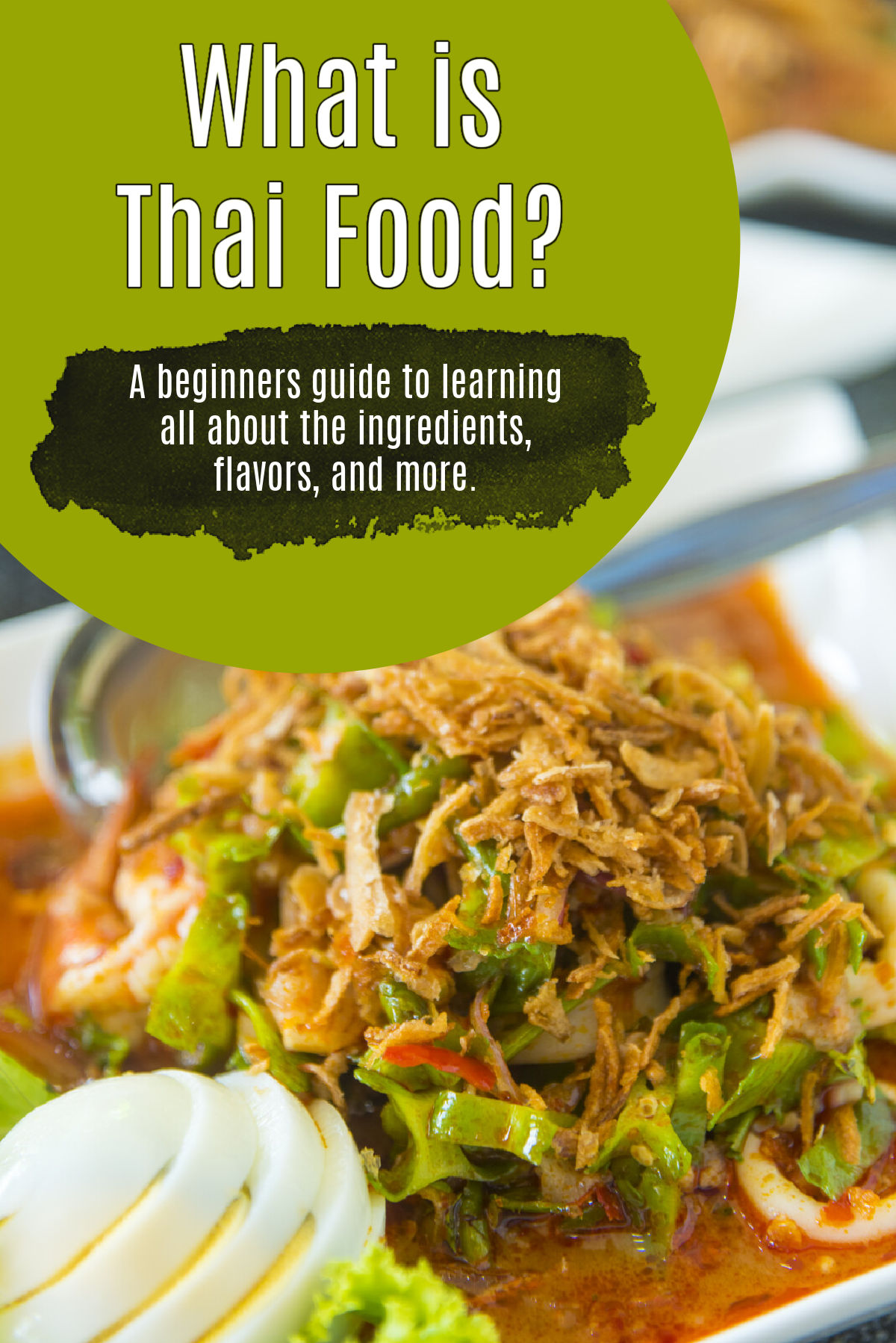
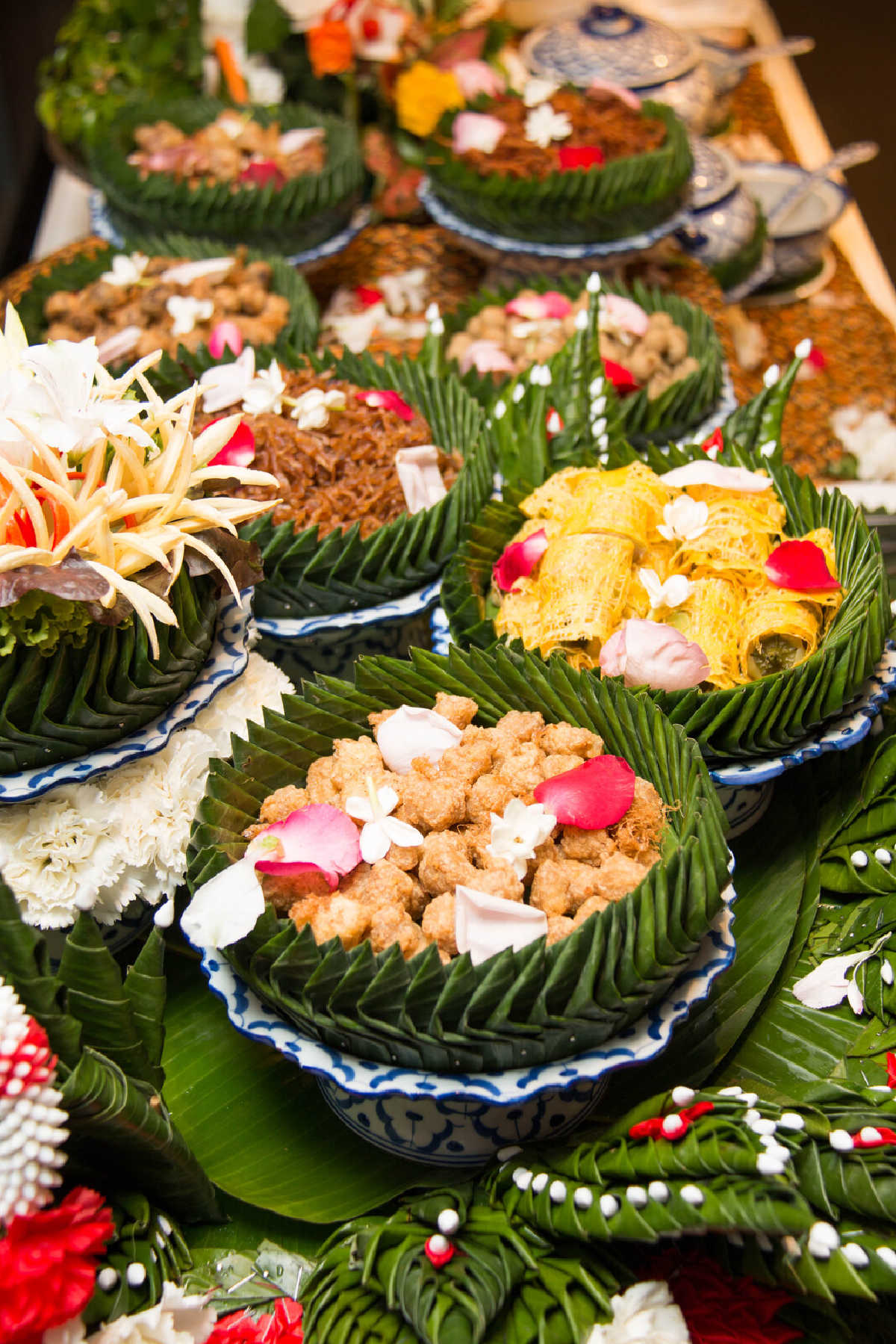


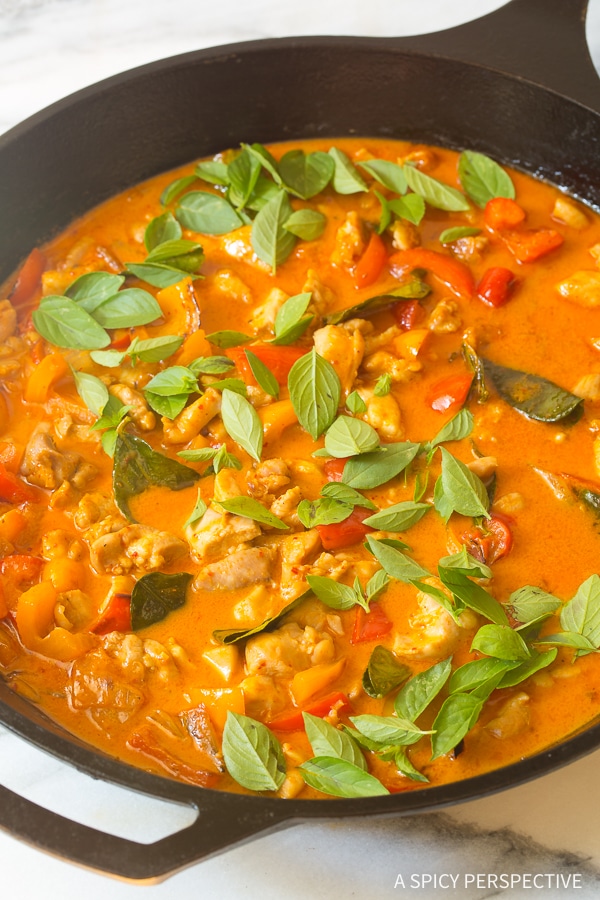

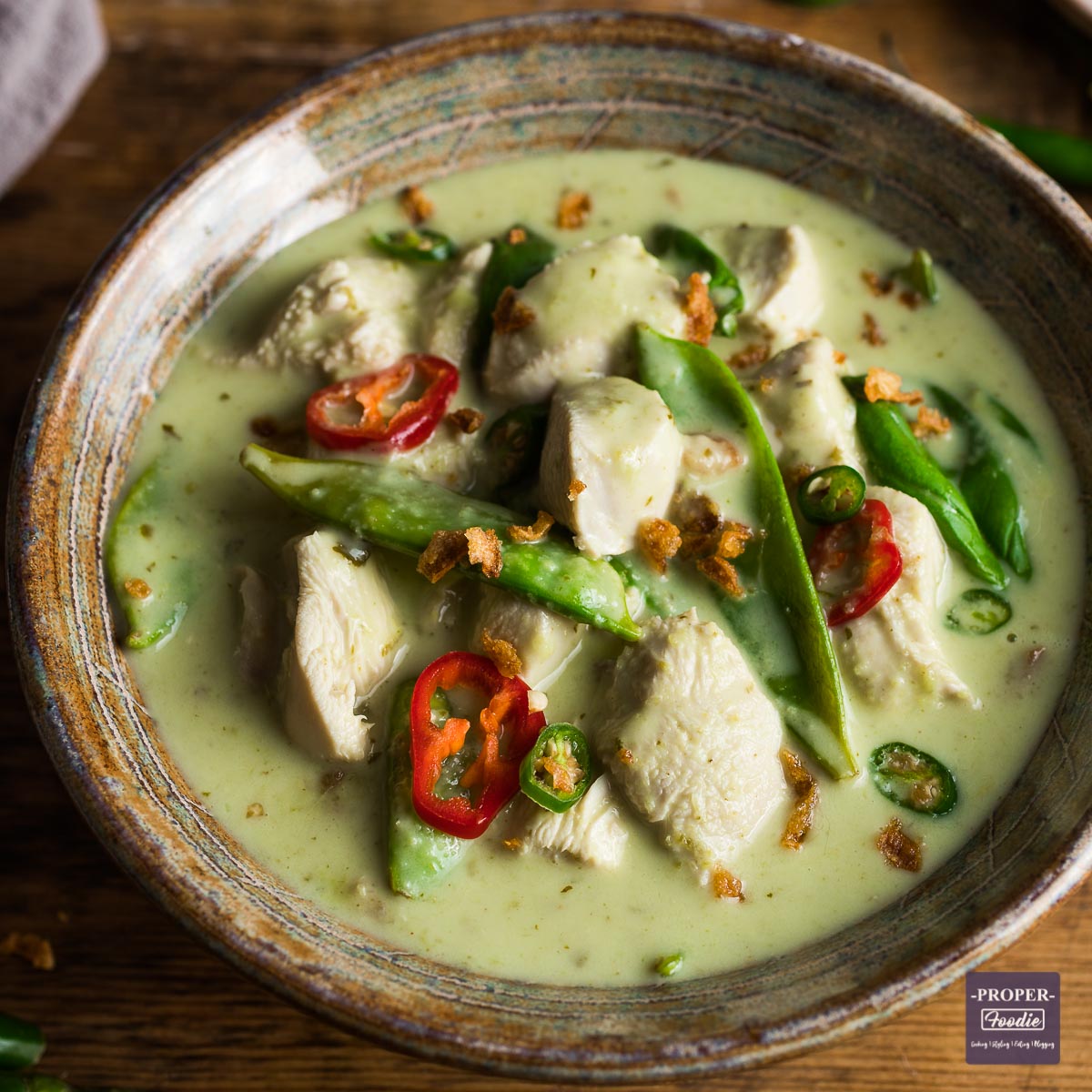
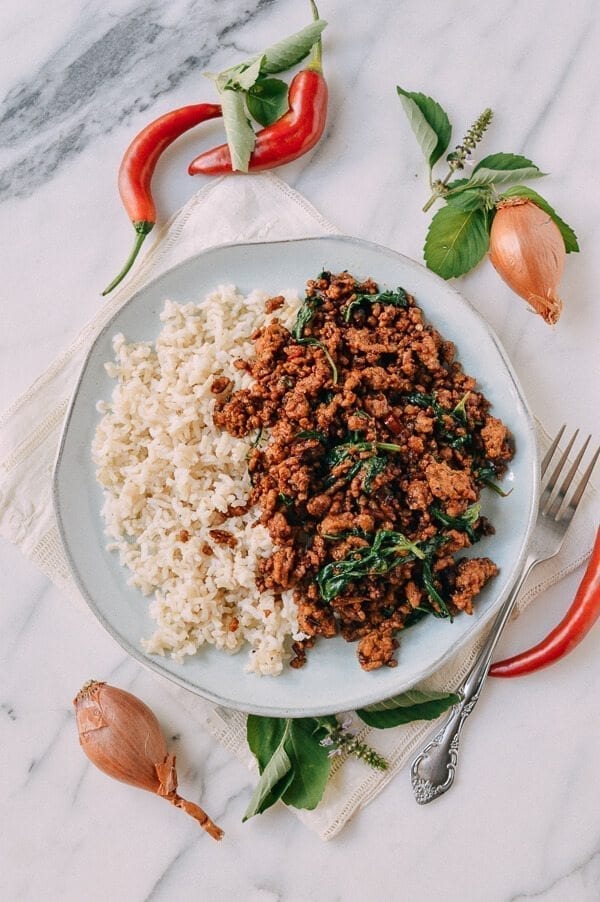
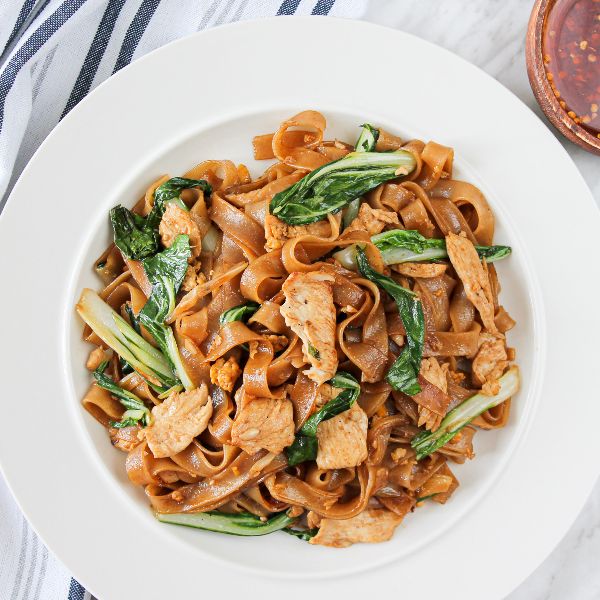
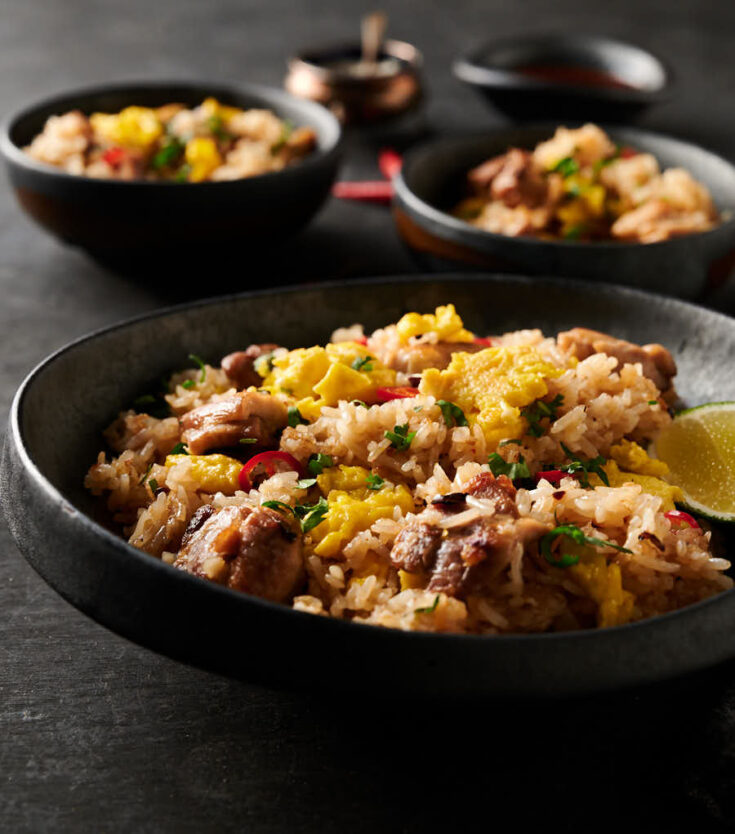
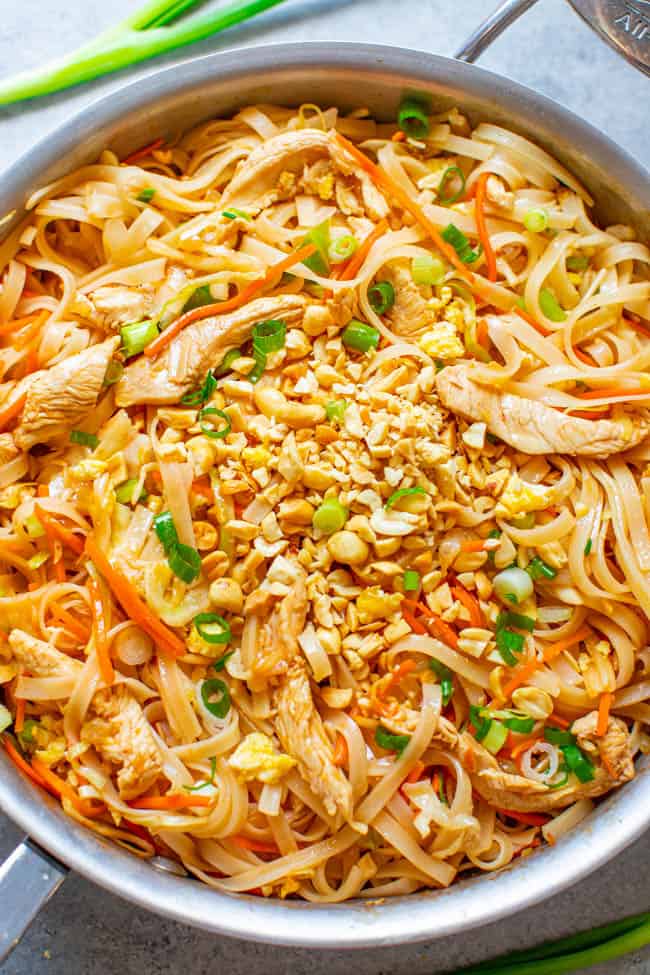
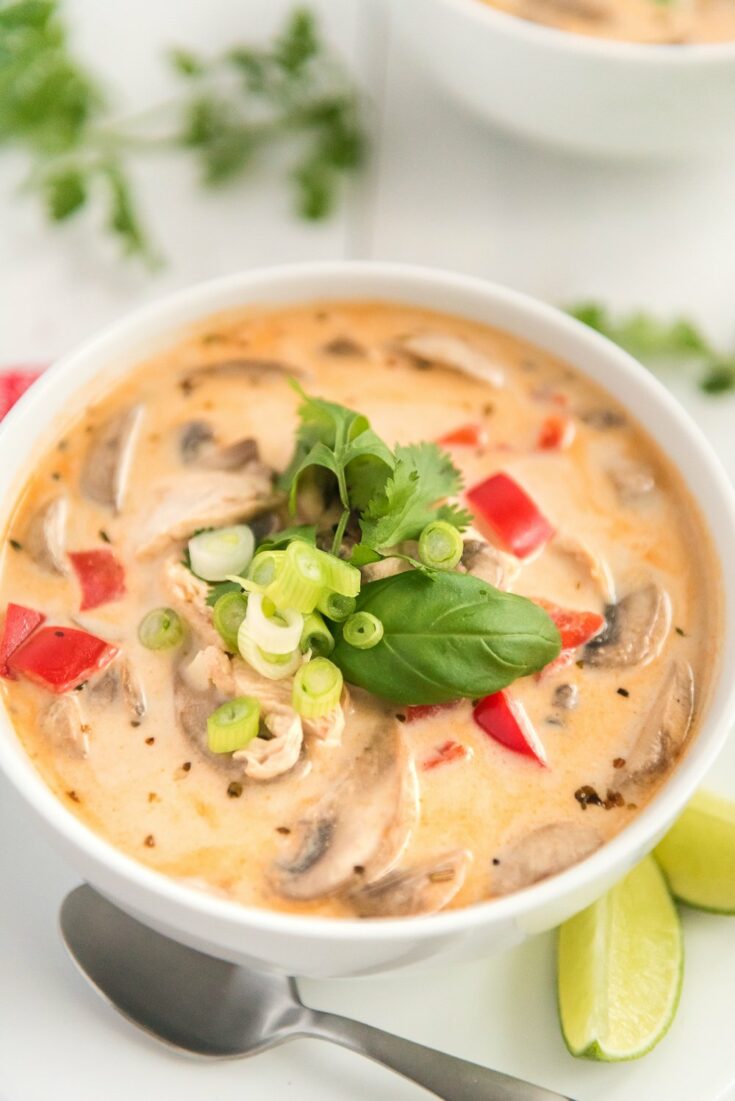
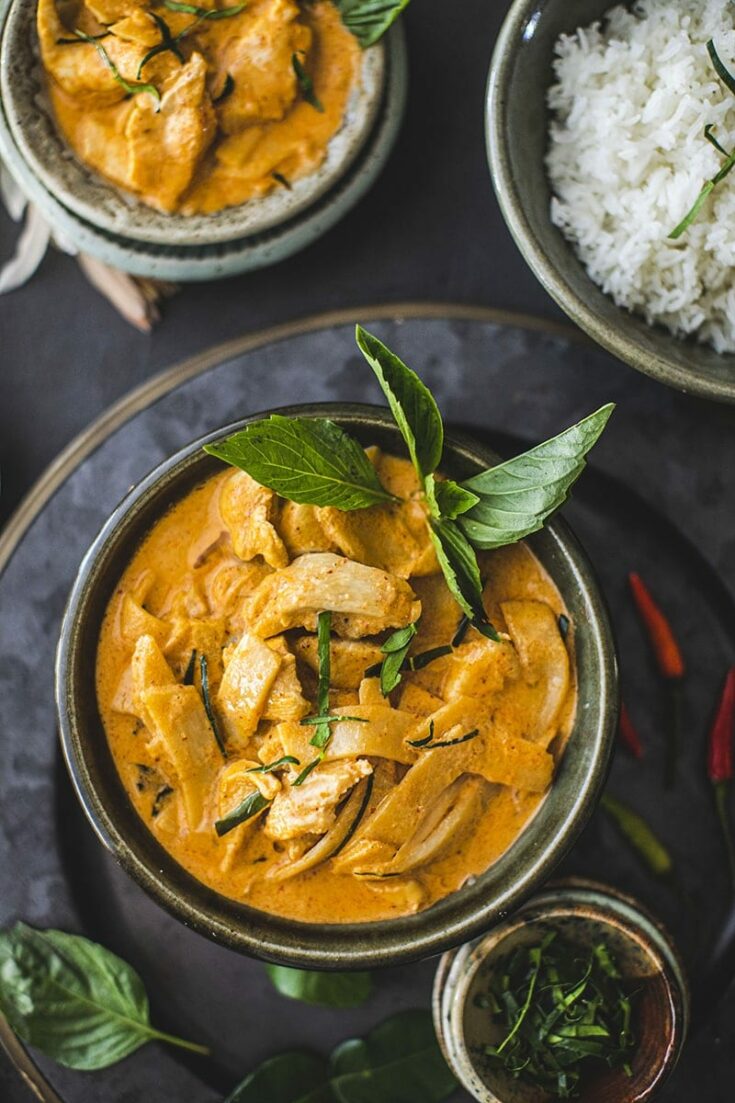
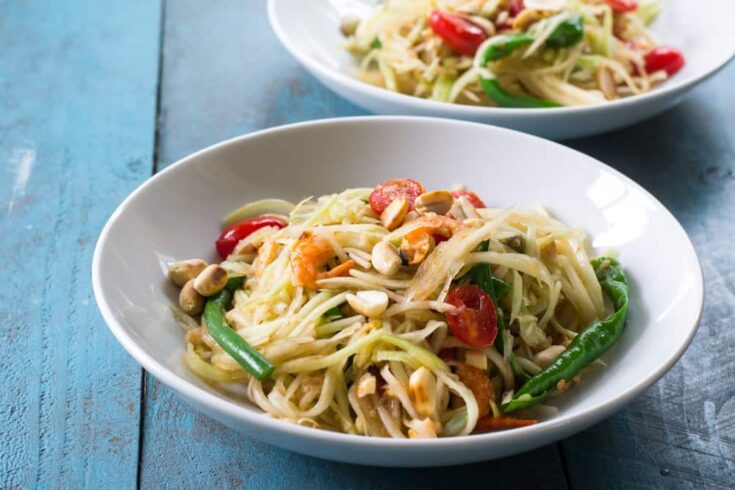
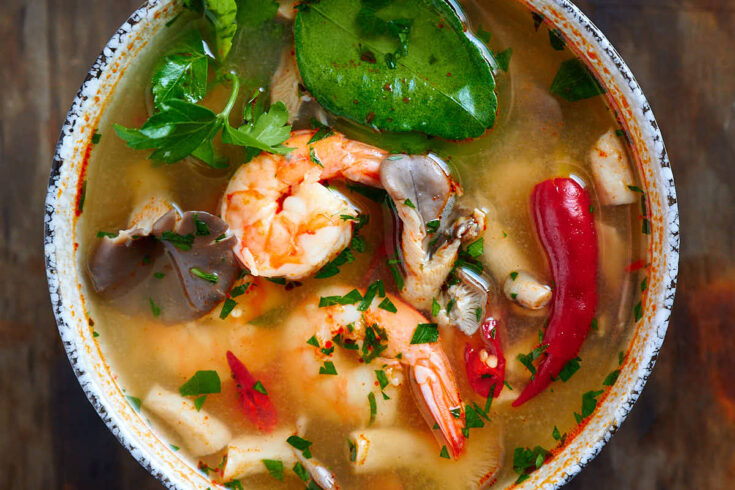
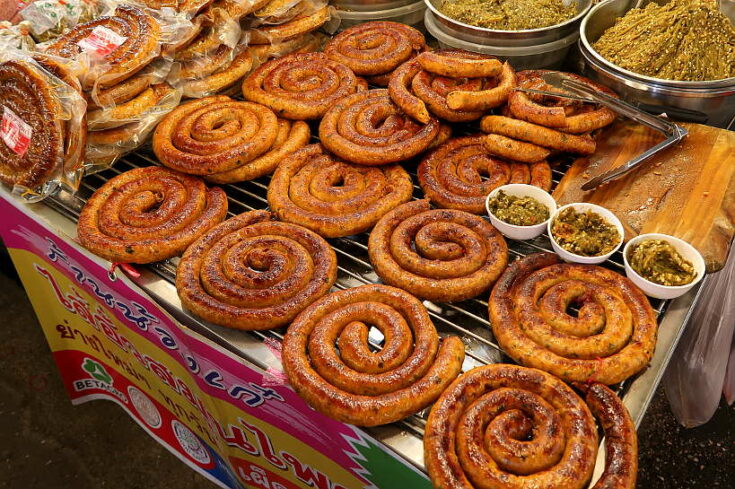
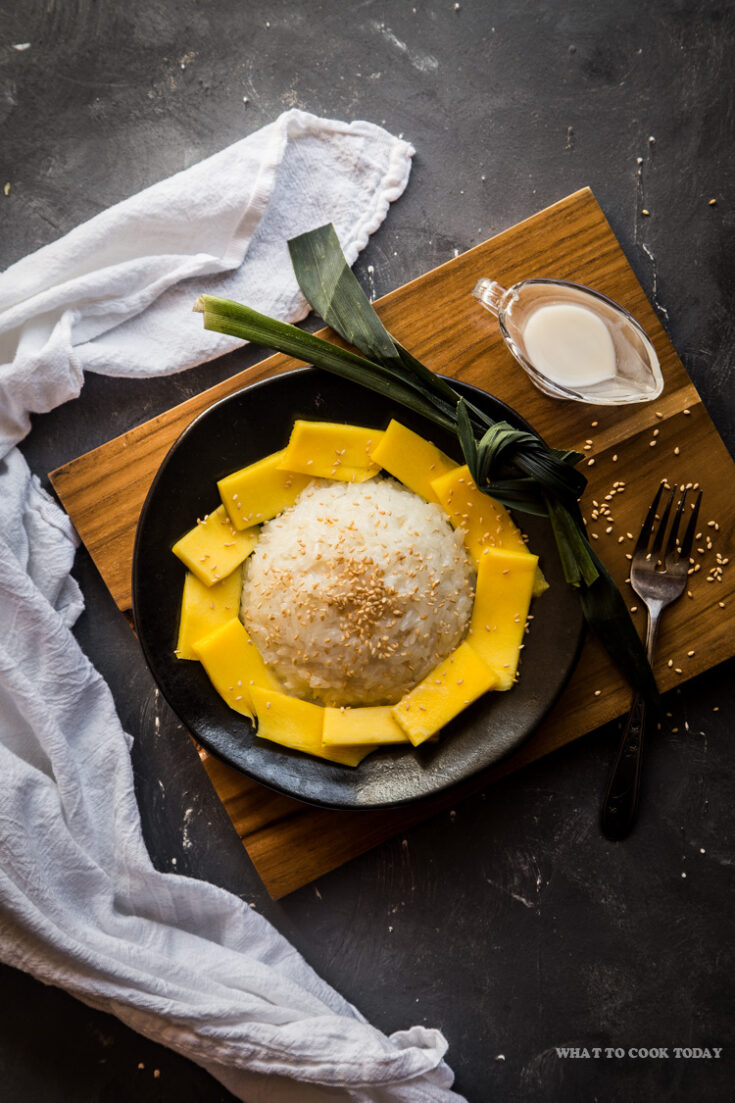




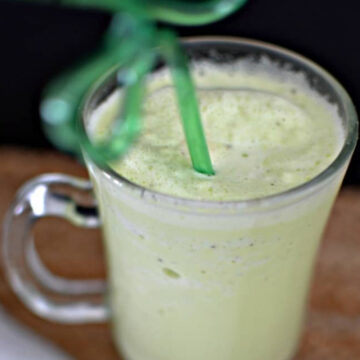
Leave a Reply